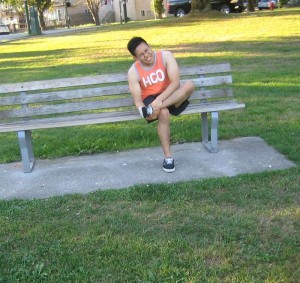Pseudogout is a form of arthritis and prevalent among the elderly. The calcium crystal deposits within the joints triggers episodes of pain, rigidity and swelling.
The joints that are generally affected include the wrists, elbows, knees as well as finger and toe joints. Oftentimes, the shoulders and hips are also affected.
The condition is brought about by the accumulation of calcium salt inside the joints. The sharp calcium crystals form within the joints. The risk for pseudogout increases as one gets older. The presence of other health conditions also increases the risk such as:
- Hemochromatosis
- Thyroid issues
- Wilson’s disease
What are the signs?

The usual indications of pseudogout generally include:
- Pain
- Tenderness
- Swelling
- Warmth around the affected joint
The indications strikingly resemble gout. The difference between pseudogout and gout is the type of crystal responsible for the issue. Calcium is the cause of pseudogout while uric acid is the main cause of gout.
Management of pseudogout
The management of an abrupt episode of pseudogout generally involves alleviating the pain by:
- Applying an ice pack on the sore joint
- Limiting movement in the affected joint
- Eliminating excess fluid from the joint
- Anti-inflammatory and pain medications
Non-steroidal anti-inflammatory drugs (NSAIDs) are given to manage the swelling and pain. Among those who cannot use NSAIDs, colchicine is safe for most cases.
In some cases, corticosteroid medications such as prednisone might be given to lessen the pain and swelling. These drugs are either taken orally or administered as a shot into the affected joint.
